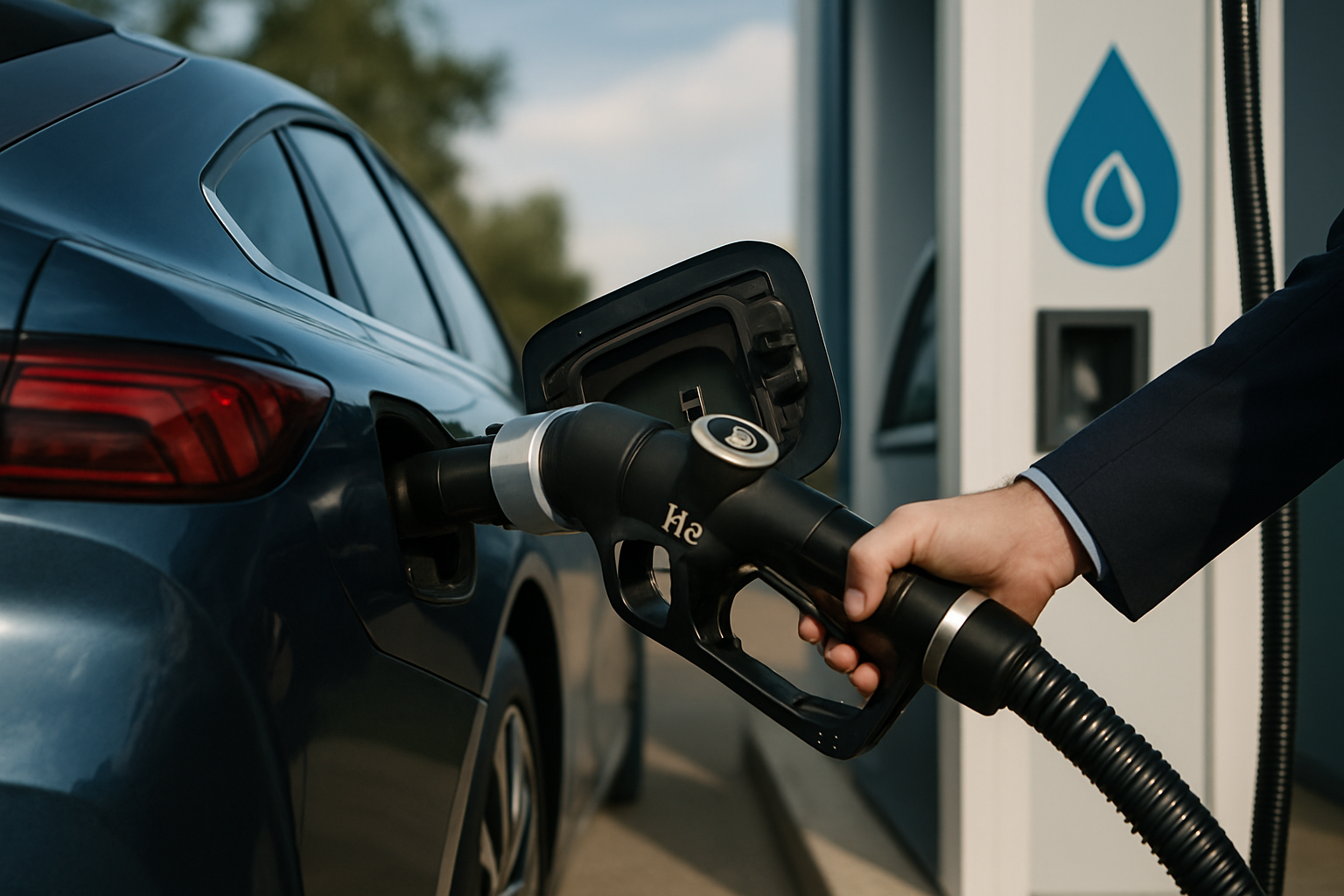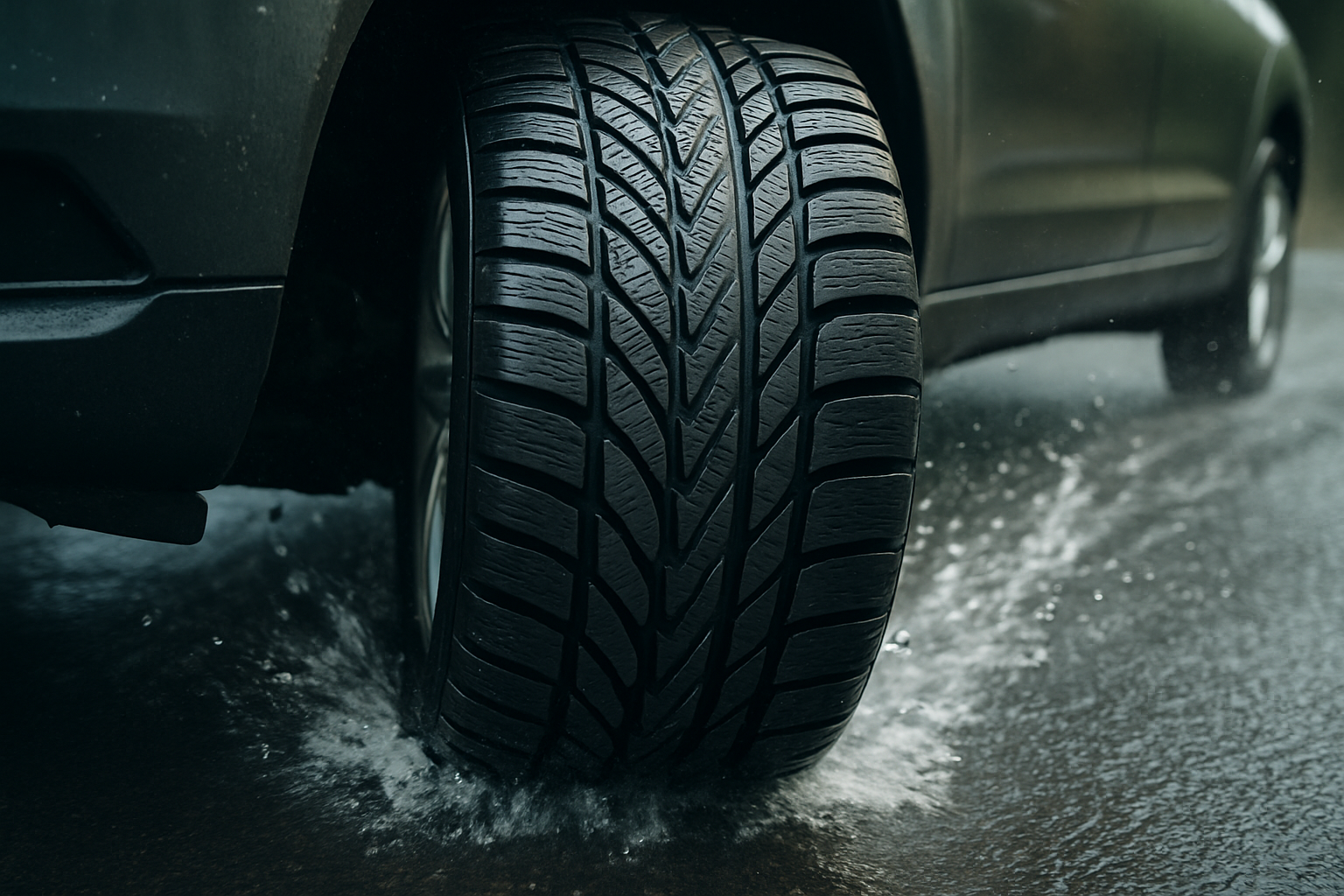Cryotherapy Facials: The Cool New Trend in Skincare
Imagine stepping into a futuristic spa where sub-zero temperatures are the secret to radiant skin. This isn't science fiction; it's the world of cryotherapy facials, a cutting-edge treatment that's taking the beauty industry by storm. Harnessing the power of extreme cold, these innovative facials promise to tighten pores, reduce inflammation, and give skin a youthful glow. As more celebrities and skincare enthusiasts embrace this frosty phenomenon, cryotherapy facials are quickly becoming the coolest trend in beauty – quite literally. But what's the science behind the chill, and does it live up to the hype? Let's dive into the icy depths of this intriguing skincare revolution.

The application of cryotherapy to facial treatments is a more recent innovation. The principle behind cryotherapy facials is simple: exposing the skin to extremely cold temperatures for a short period triggers a physiological response. When the skin encounters this sudden cold, blood vessels constrict, and then rapidly dilate as the skin warms up again. This process, known as vasoconstriction followed by vasodilation, is believed to have several beneficial effects on the skin.
During a cryotherapy facial, liquid nitrogen or cooled air is applied to the face for a brief period, typically lasting between two to three minutes. The temperature can drop as low as -160°C (-256°F), though the exact temperature varies depending on the specific treatment and equipment used.
Benefits and Biological Responses
Proponents of cryotherapy facials claim a wide array of benefits, many of which are supported by emerging scientific research. One of the primary effects is the reduction of inflammation. The extreme cold causes blood vessels to constrict, which can help reduce redness and puffiness in the skin. As the skin warms and blood flow increases, it brings a fresh supply of oxygen and nutrients to the treated area.
Another touted benefit is increased collagen production. The cold shock is believed to stimulate fibroblasts, the cells responsible for producing collagen and elastin. This boost in collagen can lead to firmer, more youthful-looking skin over time. Some studies have shown that repeated exposure to cold can indeed increase collagen synthesis, though more research is needed to fully understand the long-term effects.
Cryotherapy facials are also said to tighten pores and improve the overall texture of the skin. The cold causes pores to contract, which can give the appearance of smoother, more refined skin. Additionally, the treatment may help to increase the skin’s ability to absorb skincare products applied immediately afterward, potentially enhancing their effectiveness.
The Treatment Experience
A typical cryotherapy facial begins with a thorough cleansing of the face to remove any makeup, oils, or impurities. Some practitioners may apply a thin layer of cryogenic gel to protect the skin and enhance the cold’s penetration. The cryotherapy device, which often resembles a wand or nozzle, is then passed over the face in a systematic manner.
Clients often describe the sensation as intense but not painful. The extreme cold can cause a slight tingling or burning sensation, but this typically subsides quickly. The treatment is brief, usually lasting no more than a few minutes, which helps prevent any risk of frostbite or tissue damage.
After the cold application, the skin may appear flushed and feel tight. Many clients report an immediate sense of rejuvenation and alertness, likely due to the invigorating nature of the cold exposure. Some spas offer additional treatments following the cryotherapy, such as the application of serums or moisturizers, to further enhance the effects.
Market Impact and Industry Trends
The rise of cryotherapy facials reflects a broader trend in the beauty industry towards high-tech, results-driven treatments. As consumers become more educated about skincare and seek alternatives to invasive procedures, non-surgical options like cryotherapy are gaining popularity.
The global cryotherapy market, which includes both medical and cosmetic applications, is projected to reach $6.72 billion by 2026, according to a report by Grand View Research. While this figure encompasses all forms of cryotherapy, the growing demand for facial treatments is a significant driver of this growth.
Luxury spas and medi-spas are increasingly adding cryotherapy facials to their service menus, often positioning them as premium treatments. The novelty factor and perceived effectiveness have made these facials particularly popular among celebrities and influencers, further driving consumer interest.
Considerations and Contraindications
While cryotherapy facials are generally considered safe for most people, there are some important considerations. Individuals with certain medical conditions, such as Raynaud’s syndrome, cold urticaria, or open wounds on the face, should avoid cryotherapy treatments. Pregnant women and those with severe sensitivity to cold are also advised against undergoing these facials.
It’s crucial for practitioners offering cryotherapy facials to be properly trained in the use of the equipment and to follow strict safety protocols. Overexposure to the extreme cold can potentially cause tissue damage or frostbite if not administered correctly.
The Future of Frosty Facials
As research into the effects of cryotherapy on skin health continues to evolve, we can expect to see further refinements in treatment protocols and technology. Some experts predict the development of at-home cryotherapy devices, allowing consumers to incorporate elements of cold therapy into their daily skincare routines.
The integration of cryotherapy with other skincare technologies is another area of potential growth. For example, combining cryotherapy with LED light therapy or microcurrent treatments could offer synergistic benefits and more comprehensive skin rejuvenation.
As with any emerging beauty trend, it’s important for consumers to approach cryotherapy facials with a balanced perspective. While the treatment shows promise for addressing various skin concerns, it’s not a miracle cure-all. Consistent skincare practices, including sun protection and proper hydration, remain fundamental to maintaining healthy skin.
In conclusion, cryotherapy facials represent an exciting frontier in the world of skincare. By harnessing the power of extreme cold, these treatments offer a unique approach to addressing common skin concerns. As the beauty industry continues to innovate, cryotherapy facials stand out as a cool contender in the quest for radiant, youthful skin. Whether this frosty phenomenon will stand the test of time remains to be seen, but for now, it’s certainly giving traditional facials the cold shoulder.





